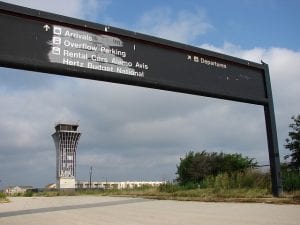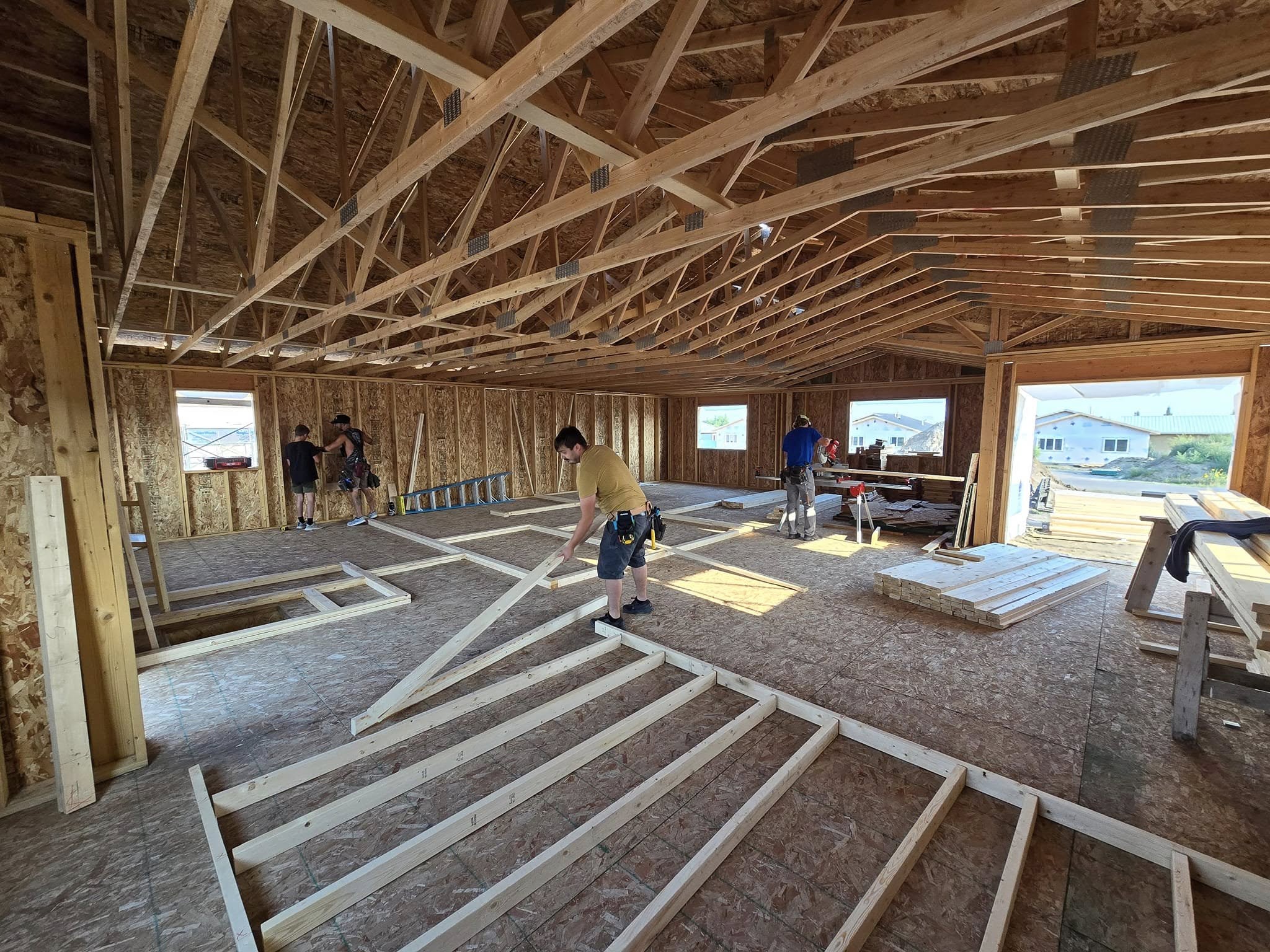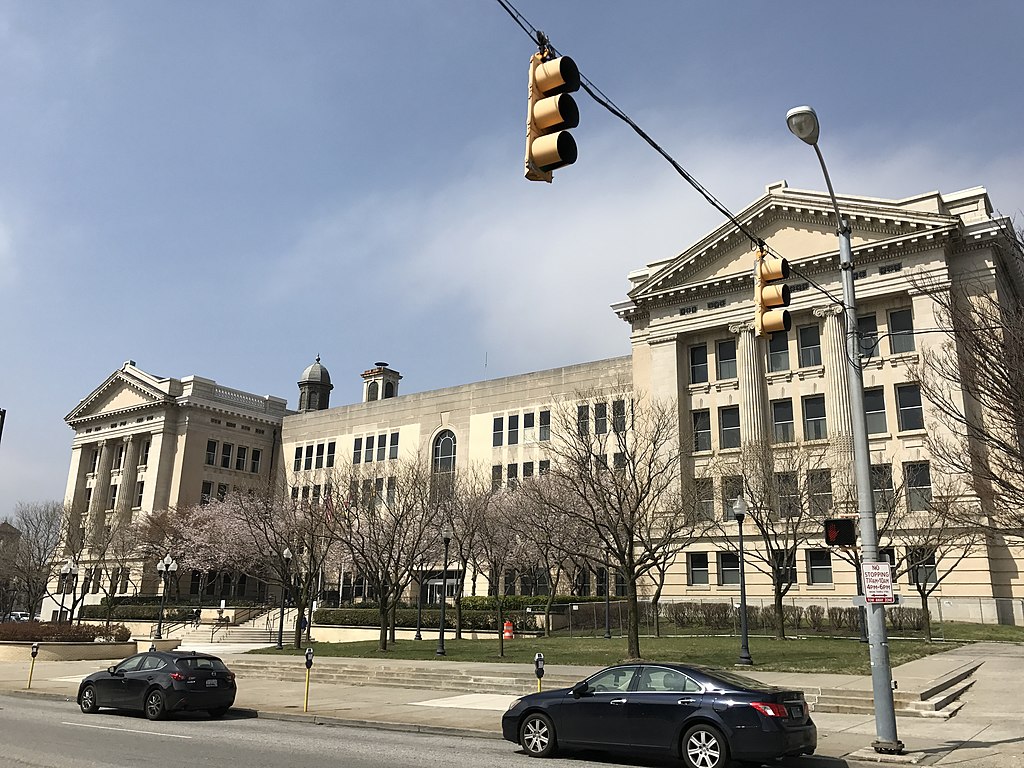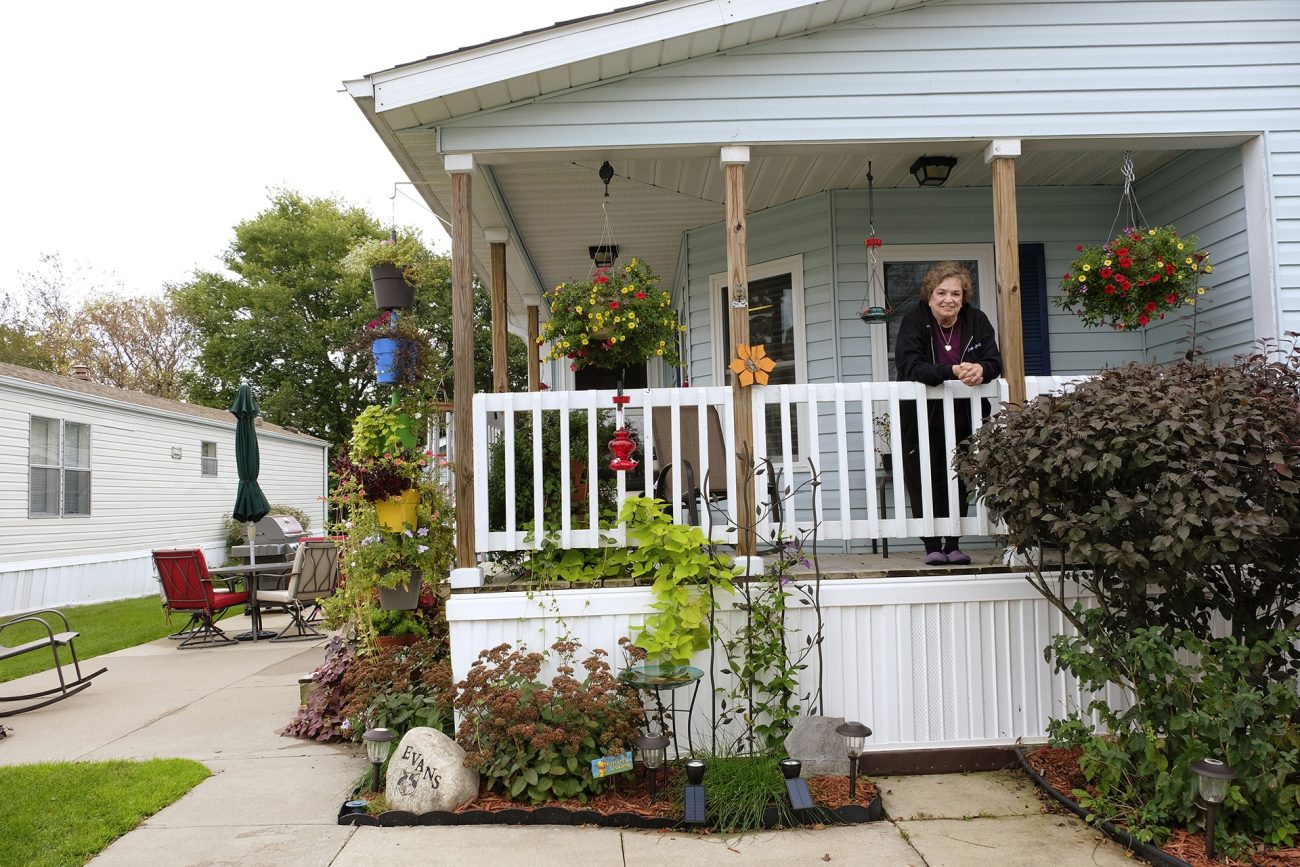
The now vacated Robert Mueller Municipal Airport in Austin, Texas, the site of a large-scale development plan that is projected to create 5,700 homes, 25 percent of which will be affordable. Photo by Matthew Rutledge via flickr, CC BY 2.0
In recent years, there has been growing momentum behind the use of publicly owned parcels of land as a way to provide affordable housing in markets both weak and strong. This momentum extends beyond the housing sector, as evidenced by the adoption of official affordability policies by transit agencies in Atlanta, the Bay Area, Los Angeles, the Puget Sound region, and others. These efforts have achieved real results. However, in some contexts there may be opportunities to achieve even greater social equity gains by reversing the traditional community benefit paradigm in which private market developers provide concessions to the community, and shifting toward a community-based, mission-oriented master developer approach.
Last year, Enterprise Community Partners published a paper on Public Benefit from Publicly Owned Parcels, as well as a case study focused on the Puget Sound region. Over the course of researching this project, we observed a common pattern, particularly for large sites. The public agency would release a request for proposals to identify master developers who can meet a given set of development parameters. This approach has the merits of shifting certain development decisions, day-to-day responsibilities, and risks from the agency (which may or may not have robust real estate development capacity and experience) onto the private sector. The selected developer generally gains the ability to profit from the development of the site in exchange for some combination of site control payment and an agreement to provide community benefits, such as public infrastructure, community facilities, and affordable housing. A notable success story is the redevelopment of the former Robert Mueller Municipal Airport in Austin, Texas, which is projected to create 5,700 homes at full buildout, 25 percent of which are to be affordable at a range of incomes.
True partnerships between agencies, market-rate developers, mission-driven developers, and communities that yield positive results should be commended and, when the context is right, replicated. Yet are we missing an opportunity to more aggressively address gaps in wealth between communities and households? In the traditional model, the benefits that a market-rate master developer provides are often defined and discrete, no matter how robust and reasonable they may be. In exchange for these benefits and the (non-trivial) assumption of development risk, a successful master developer generally receives the full upside potential of property value appreciation.
What if instead, public agencies granted site control—and the ability to capture a greater percentage of value appreciation—to a mission-driven entity such as a large-scale nonprofit developer, community development corporation, cooperative, or community land trust? This community-based, mission-oriented master developer could then theoretically subcontract with market-rate developers for portions of the site from a position of strength, and ensure that the community-serving portions of the development are not marginalized. Over time, a successful development would not just provide affordable homes and community space, but it could also provide on-going dividends to the community that might otherwise flow to non-local corporations and shareholders.
While we did not see exact examples of this model in our research, partial lessons can be drawn from other contexts.
- Conveyance of public sites to a single-purpose entity: Land banks throughout the U.S. have been set up for the distribution of mostly scattered sites, primarily to address vacancy and blight. For example, the Philadelphia Land Bank conveys parcels for the development of affordable housing for a nominal price of $1 per tax lot, mitigating the costs of land acquisition and incentivizing development. For a wider range of site sizes and contexts, the British Columbia (Canada) Non-Profit Housing Association receives and holds public sites for eventual transfer to nonprofit developers to create affordable homes.
- Acquiring, holding, and conveying developable assets: The early-stage implementation of the Denver TOD Fund provides an example of such stewardship. The fund served as a line of credit to the Urban Land Conservancy (ULC), for preserving properties near existing and planned transit stations in anticipation of market changes, for the purpose of affordable housing and community development. Similar to a master developer, ULC acquires and holds properties until the timing is appropriate for development (given factors such as market conditions, existing site characteristics, and the stage of transit buildout), a development partner is identified, and permanent financing is secured.
There are several potential barriers to a community-based, mission-oriented master development model:
- To what extent do entities exist with both the capital and expertise to take on this role?
- Are there resources available for capacity building and predevelopment to prepare community-based entities for this role?
- Would land-holding agencies be willing to forego a portion of site-control revenue to facilitate a more equitable approach?
- Would land-holding agencies and other public entities be willing to mitigate risk to the community organization by more intentionally coordinating the timing of title transfer and the development of supportive infrastructure?
These are significant challenges. However, it is worthwhile to explore the possibilities, given the wealth generation possible for communities. This is especially relevant for communities that have suffered from historic legacies of segregation and disinvestment and/or where redevelopment pressures put household stability at risk. There are many ways to create public benefits from publicly owned parcels. Perhaps this is one more.




Comments